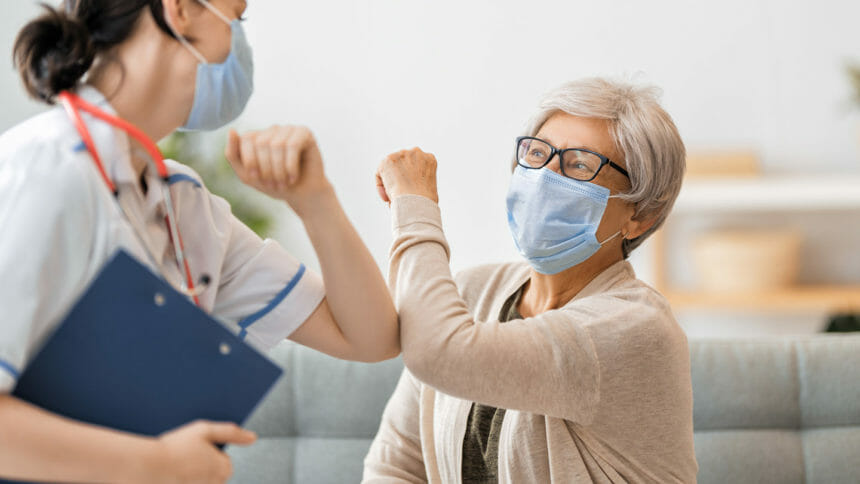
We are having an increase in the number of residents coming from the hospital with weight loss and wounds. We are doing our best to heal the wounds, but is there a calorie count recommended for residents with wounds?
Because the elderly have many comorbidities, risk factors for losing weight and wounds tend to be aimed at them even more. Many cannot feed themselves, and they have poor swallowing or poor taste. Perhaps they have pacing, dental problems or mouth sores that keep them from wanting to eat.
I agree totally — it is hard to keep calories up for many residents.
The literature recommends 30-45 kcal/kg or up to 40 kcal/kg if the resident is already underweight. [1]
Carbs, proteins and fats play a role in wound healing.
Fluid intake goals for residents with wounds is 1 ml/kcal/day with adjustments based on the resident’s condition. [2]
Vitamin A, which helps form and maintain healthy teeth, skeletal and soft tissue, mucus membranes, and skin, should be in the range from 10,000 to 15,000 IU/day for a resident with a wound.
Many vitamins and minerals have been found to help with different types of wounds and their healing. Be sure to talk to the practitioner in charge and ask him or her about checking and ordering vitamins according to the facility’s policies. Depending on the attending practitioner, he or she might be a big believer in mixing several different vitamins to assist with healing.
Be cautious if you order a lot of high-calorie and high-protein drinks. Make sure the orders are attainable.
1. NPUAP white paper “Advanced skin care,” 2012;22(5): 212-221.
2. American Society of Parental and Enteral Nutrition, 2012:348-363
From the May 01, 2016 Issue of McKnight's Long-Term Care News




